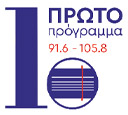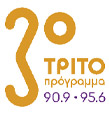A Karamanli icon
Icon of Saint Eustathios with scenes from his life.
1826.
BXM 1591
The icon bears Karamanli inscriptions annotating the scenes from the Saint’s life. Karamanli (Karamanlidika), a dialect of the Turkish language written with the Greek alphabet, was used by the Turkish-speaking Orthodox population, called Karamanlis (Karamanlides), living in the Ottoman Empire, in Karamania, a region of south-eastern Asia Minor. A good number of works containing such inscriptions have survived, disclosing a tradition preserved by the Asia Minor Greeks in their effort to keeptheir faith alive at any cost under unfavourable conditions.The earliest attestation of the Turkish-speaking Orthodox population dates back to the first half of the 15th century, mostly encountered in Cappadocia. Then, the Karamanli dialect dispersed in some areas of Pontus and those bordering on Cappadocia, whereas as a result of migration, settlements were established in Constantinople and other Asia Minor regions. Karamanli people were famous for their commercial acumen and entrepreneurship. Gradually, affluent Karamanli merchants and professionals, encouraged by the Patriarchate of Constantinople, adopted the Greek language.
This object category involves icons, printed material, woodcarvings, sculptures and works of minor arts. Today, they constitute a focus of study and reveal a highly developed community, well organized, with established institutions, strong identity and age-old traditions, vigorous in the arts and letters, trade and politics.
The icon of Saint Eustathios probably comes from Tyana in Cappadocia and was handed over on February 16 1925. This piece of information was extracted from a quick note (2310-876) of the Tyana Board of Commissioners documenting the icon, found in the historical archive of the Byzantine and Christian Museum.
DOWNLOADS
Handwritten catalogue of refugee heirlooms from Cappadocia to be delivered to the Byzantine and Christian Museum. The “Board of Commissioners” logo (“Εφορεπιτροπεία Τυάνων”) is found on the paper; however, it is not confirmed whether all objects originated in Tyana. The icon of Saint Eustathios has been listed as number 10.(pdf / 1,4 MB)
Typed proof of receipt of Asia Minor heirlooms, including the icon of Saint Eustathios as item no. 18.(pdf / 5,4 MB)


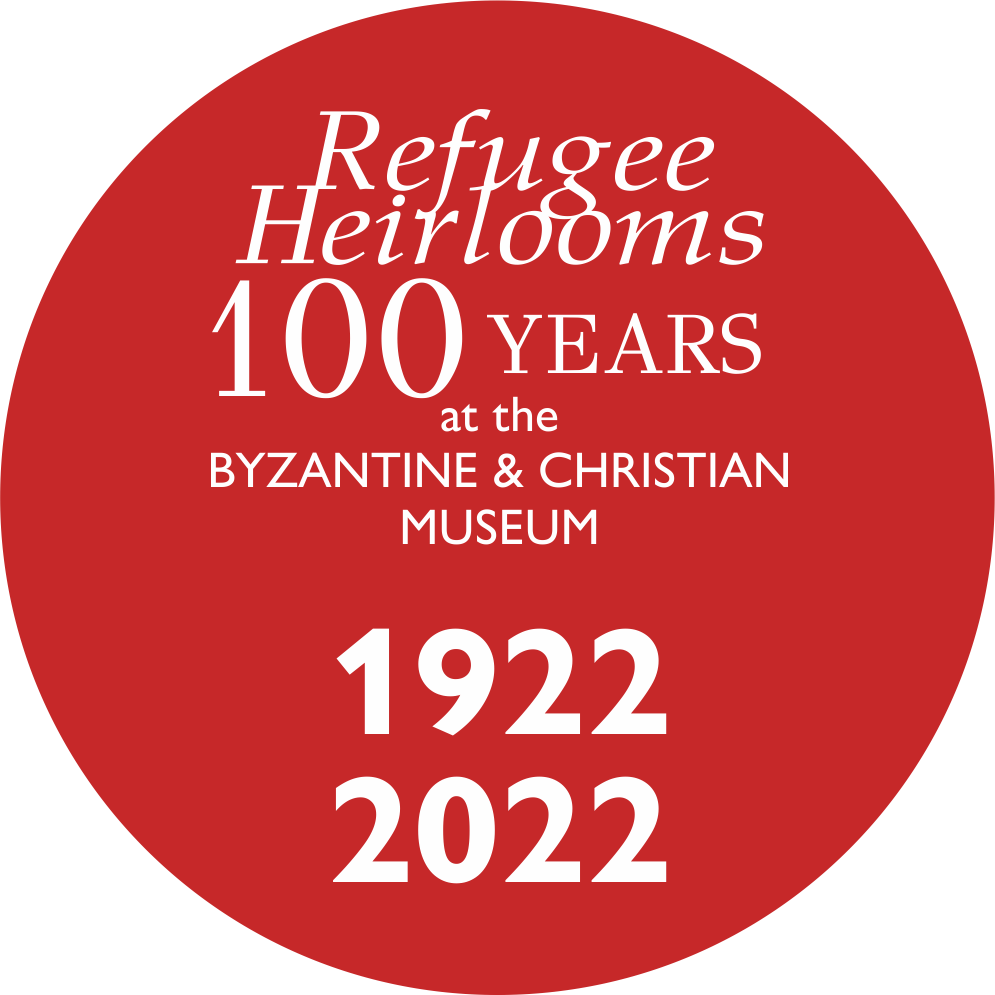
.jpg)
.jpg)
.jpg)
.jpg)
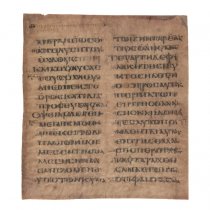 Purple Gospel
Purple Gospel .jpg) The double-sided icon from Tuzla
The double-sided icon from Tuzla .jpg) An emblematic refugee “relic”
An emblematic refugee “relic” 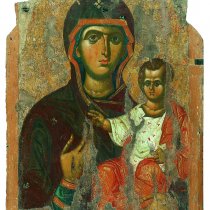 A byzantine Hodegetria
A byzantine Hodegetria 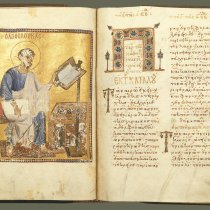 An Evangelistary from Trebizond
An Evangelistary from Trebizond .jpg) A significant Palaeologan work
A significant Palaeologan work 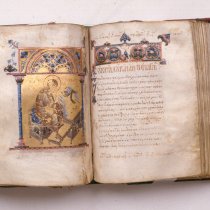 Tetraevangelion from Adrianople
Tetraevangelion from Adrianople .jpg) A Cretan icon from Eastern Thrace
A Cretan icon from Eastern Thrace .jpg) “Joined in matrimony”
“Joined in matrimony”  A peculiar neckband
A peculiar neckband 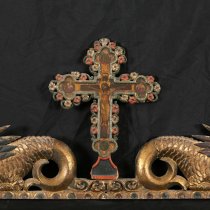 Fragmented memory
Fragmented memory .jpg) Zumzud, the pilgrim
Zumzud, the pilgrim .jpg) A refugee heirloom in “Russian style”
A refugee heirloom in “Russian style” .jpg) An unusual “icon” from Cappadocia
An unusual “icon” from Cappadocia .jpg) "He (the Lord) keeps all their bones …" (Psalm 33: 21)
"He (the Lord) keeps all their bones …" (Psalm 33: 21) .jpg) A Karamanli icon
A Karamanli icon 
